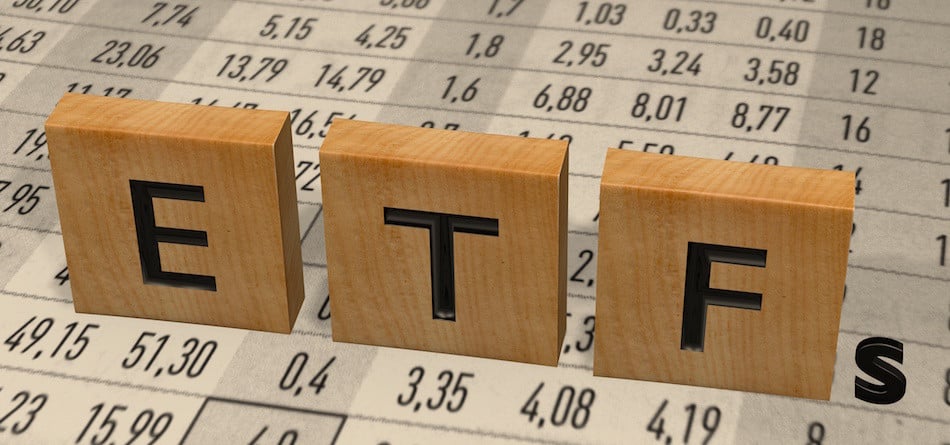While October brought much volatility and market declines, equity inflows into exchange-traded funds were up.
What? How can that be?
 Matthew Bartolini, SSGA
Matthew Bartolini, SSGA
October volatility rattled markets for sure, as global equities suffered their worst month since May 2012 and shed approximately $8 trillion of market capitalization, began Matthew Bartolini, Head of SPDR Americas Research at State Street Global Advisors. With the VIX rising above 25 intra-month, and futures pricing implying levels north of 20 into 2019, investors sought to position defensively, he added.
Despite this backdrop, the latest US-Listed ETF Flash Flows report from SSGA reported that equity ETFs managed to attract $7.3 billion in inflows during October after averaging $14.7 billion a month in 2018, as developed global equities neared correction territory. The main reason equity inflows stayed afloat, Bartolini said, was non-US exposures.
“Within the US, expect more volatility, but not a bear market or a recession anytime soon,” Bartolini said. “Yes, growth will decelerate, but it will still be positive – and the US has never had a recession while corporate profits are positive. Outside the US, the political situation and sanguine growth prospects will likely constrict specific regional momentum, even if valuations are constructive. Europe is one area with many strikes against it.”
The monthly report also noted allocations to US equities were cut to just $1.8 billion last month and developed and single country international exposures both took in north of $3 billion. Bartolini said those figures represented not only the largest dollar flow totals but the largest percent of asset flow figures as well, at 1.0% and 3.9%, respectively. This helped propel both segments’ growth rates to 10% and 7%, respectively on the year, while US equity-focused AUM has grown by just 5%.
In breaking down the report for Traders Magazine, he further added that at the sector level, the newly formed Communication Services sector saw inflows of nearly $2 billion, growing roughly 50% for the second consecutive month. But Financial ETFs and Real Estate ETFs led the way down, shedding $2.8 billion and $2.6 billion, respectively in October.
In the fixed-income market, bond ETFs shed $2.7 billion during the month, led by high yield funds with outflows nearing $3 billion. Bartolini explained outflows were led by equity-sensitive high yield; the segment’s 2018 outflows of over $6 billion represent a 13.5% decline in asset levels.
“While fixed income ETFs as a group had a losing month and broke their 38-month run of consecutive inflows, there were bright spots,” Bartolini said. “For flows, the bright spot was defense. Government funds took in $4 billion of assets on the month, pushing their year- to-date total to $29 billion, reflecting a 40% growth in assets.”
And as investors sought to reduce risk, high-yield saw outflows of nearly $3 billion as the segment posted its worst monthly return since December 2015 and spreads shot up almost 20% to their highest levels in a year.
“The Fed’s rate hikes have come under attack amid fears of a yield curve inversion in 2019. Looking ahead, concerns that late cycle dynamics could tip the economy into a recession by 2020 continue to drive fears of rising defaults and may exacerbate the shift toward haven assets like Treasuries,” Bartolini said.














